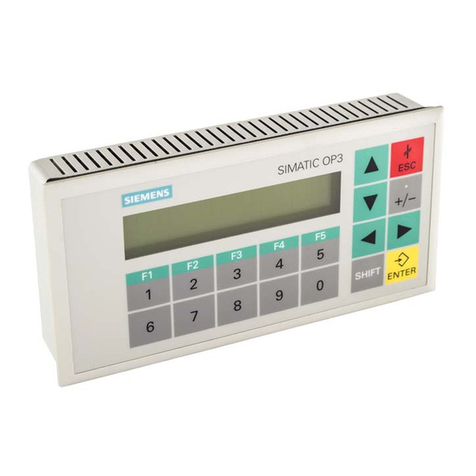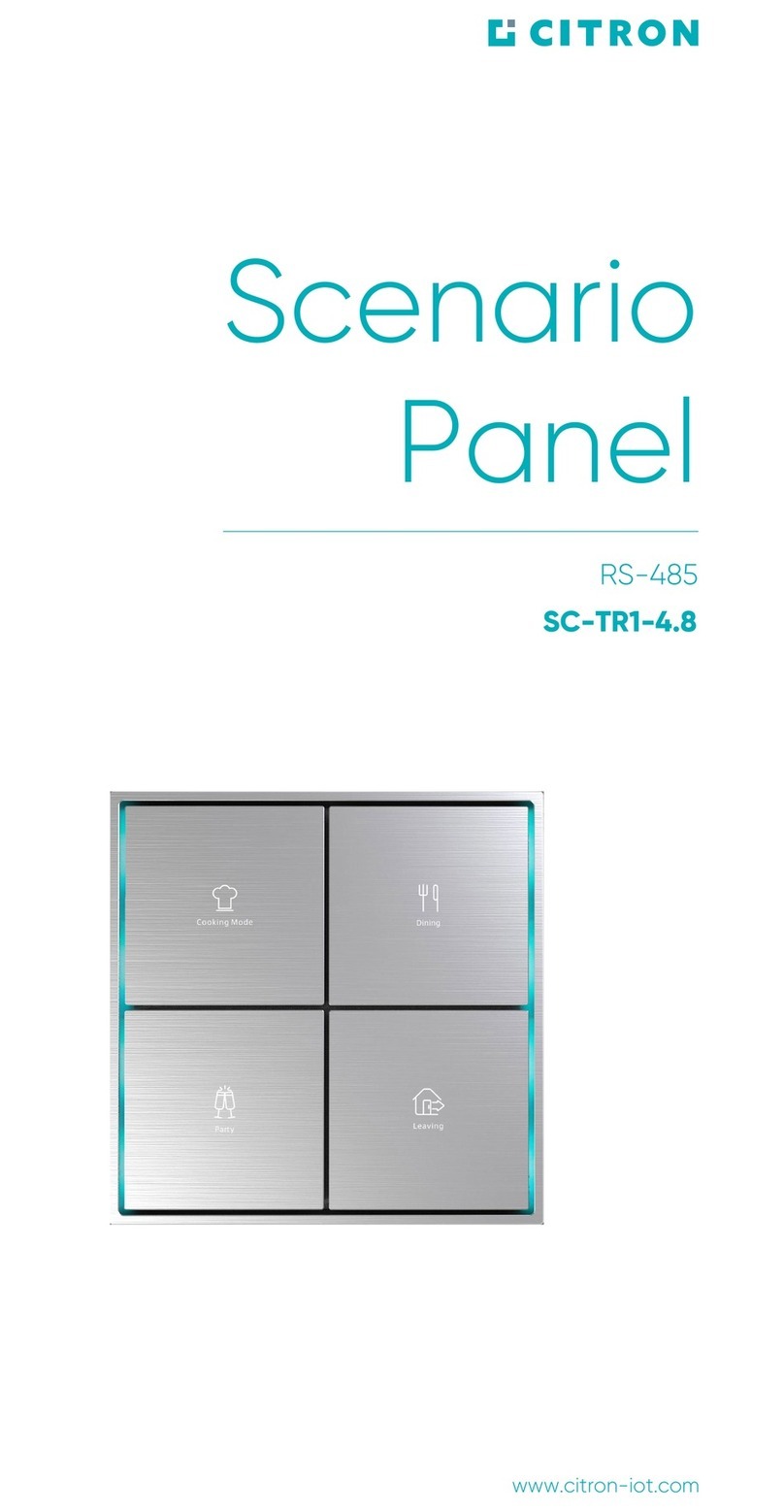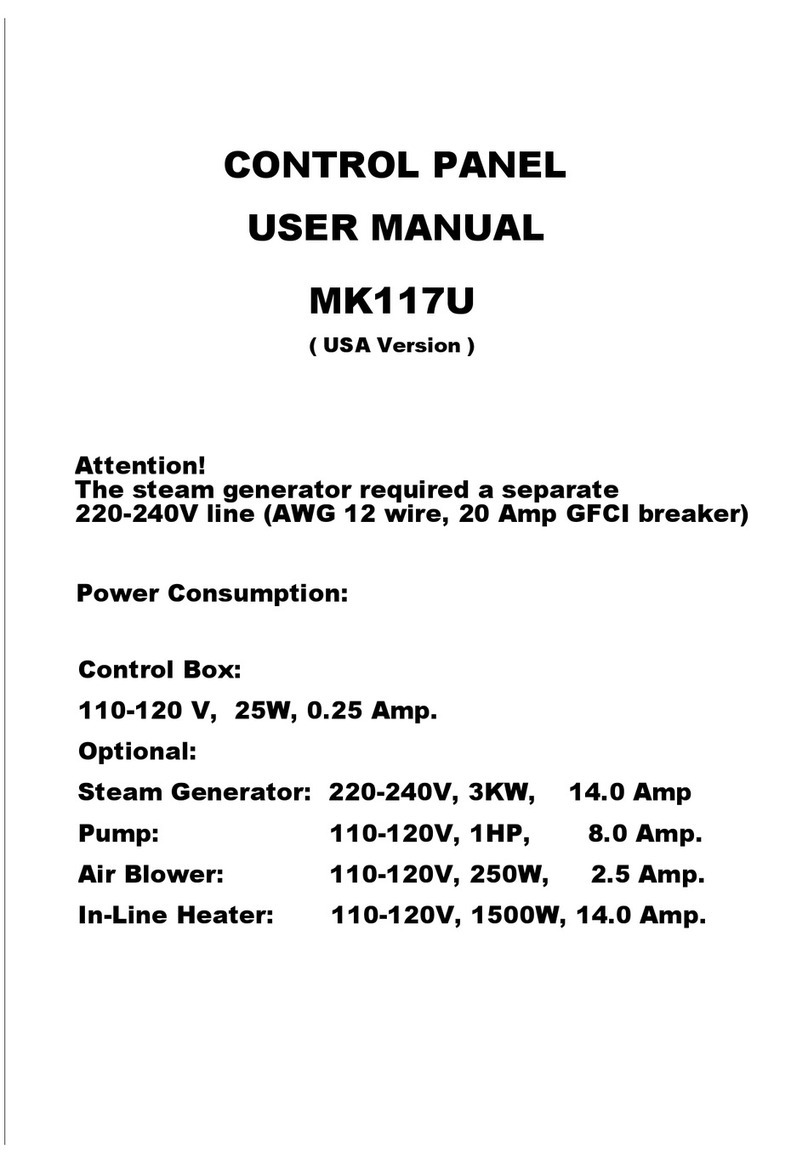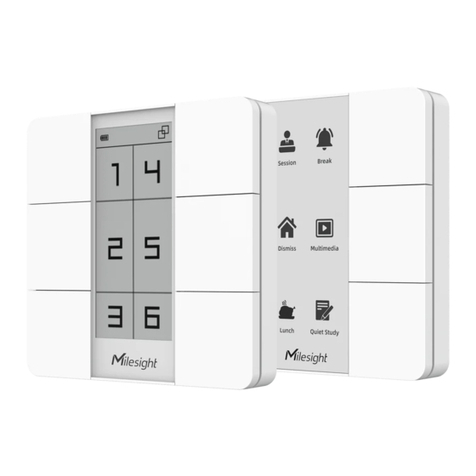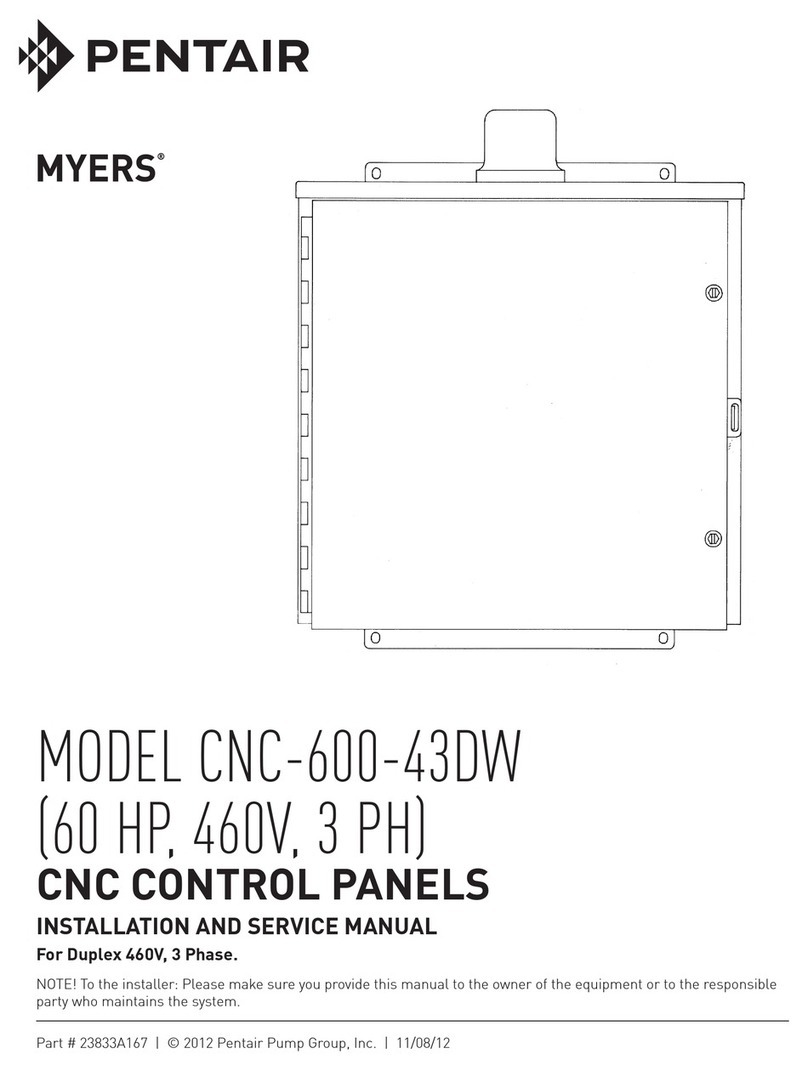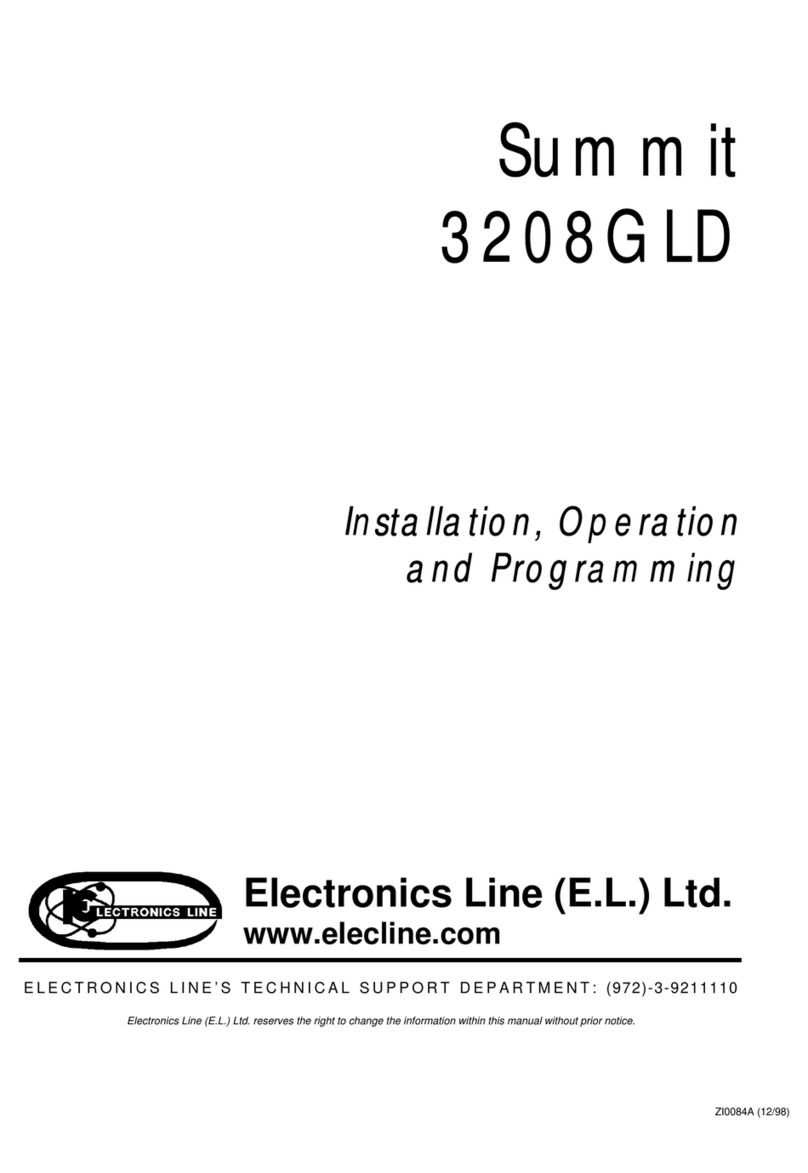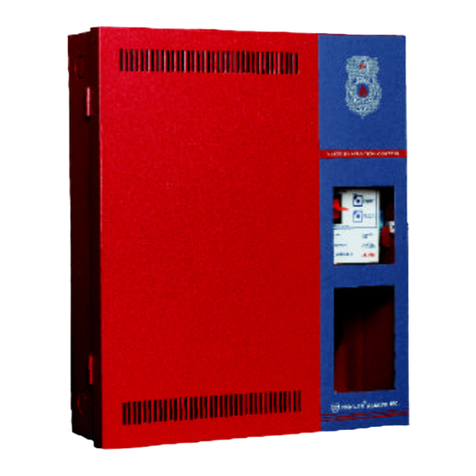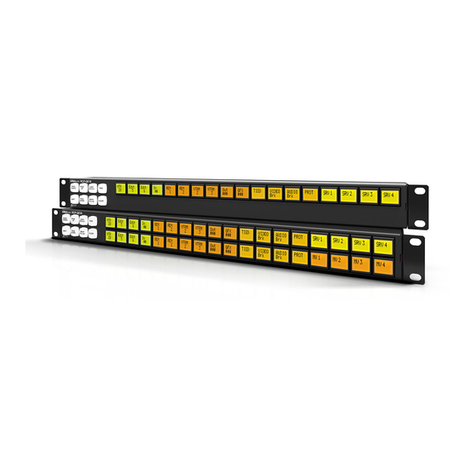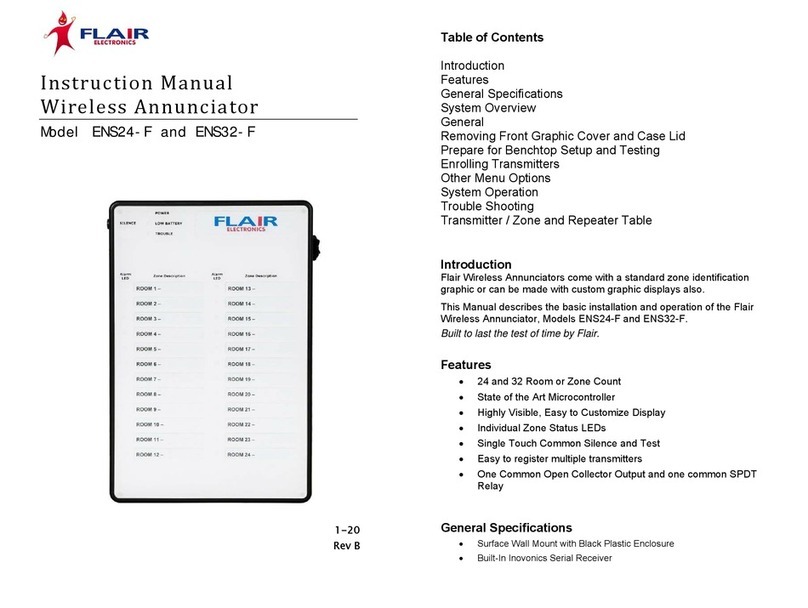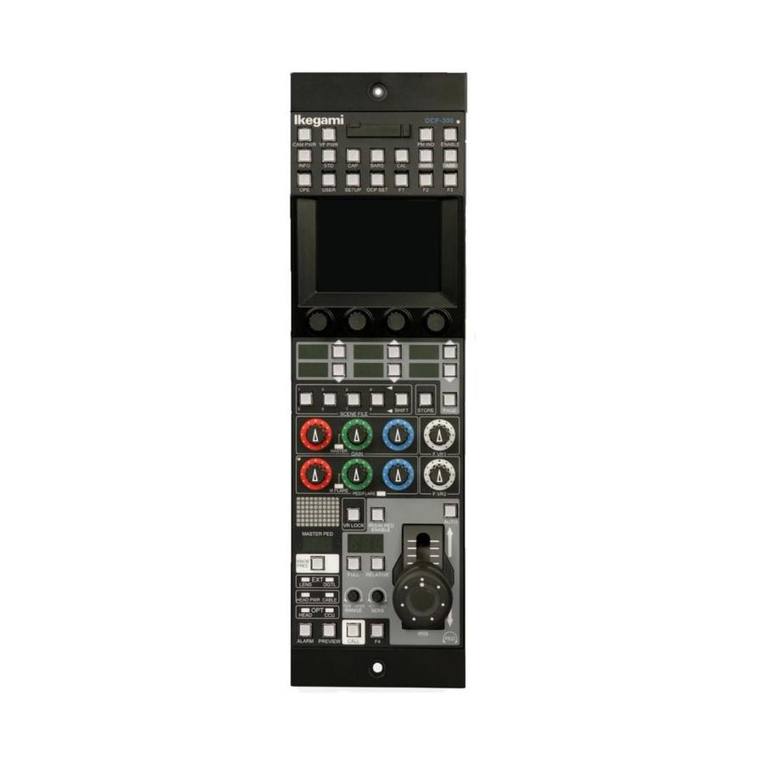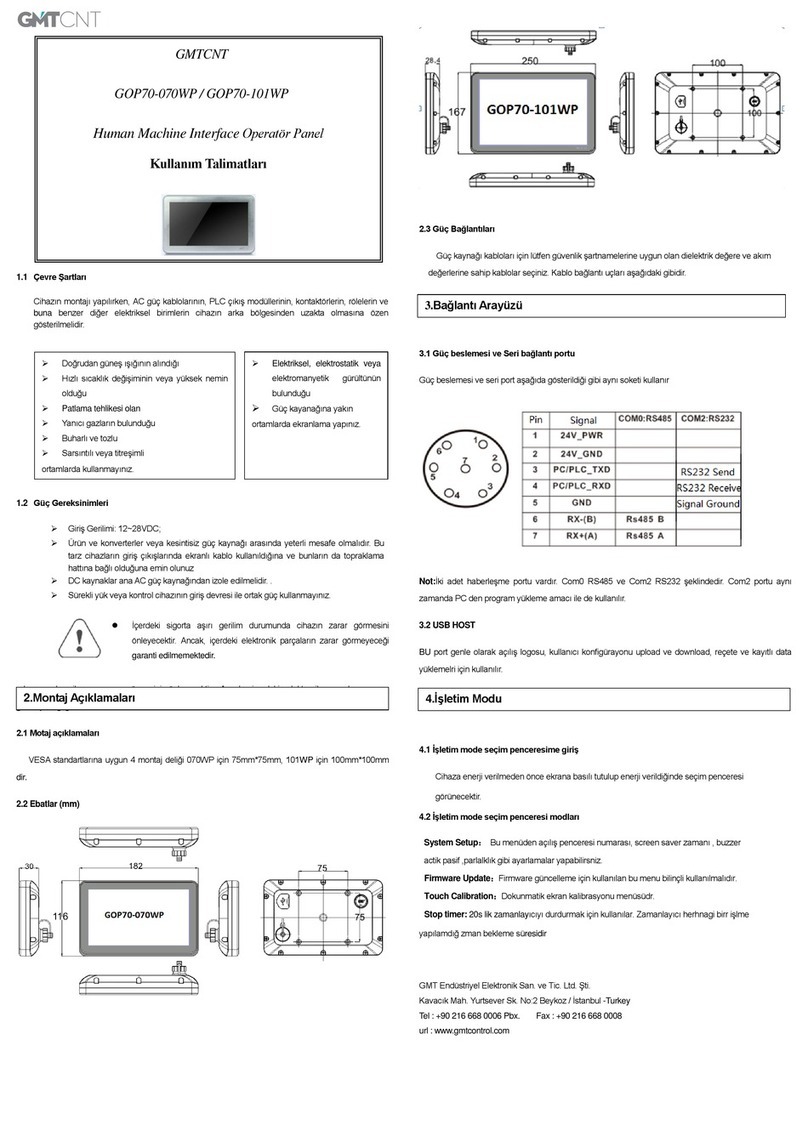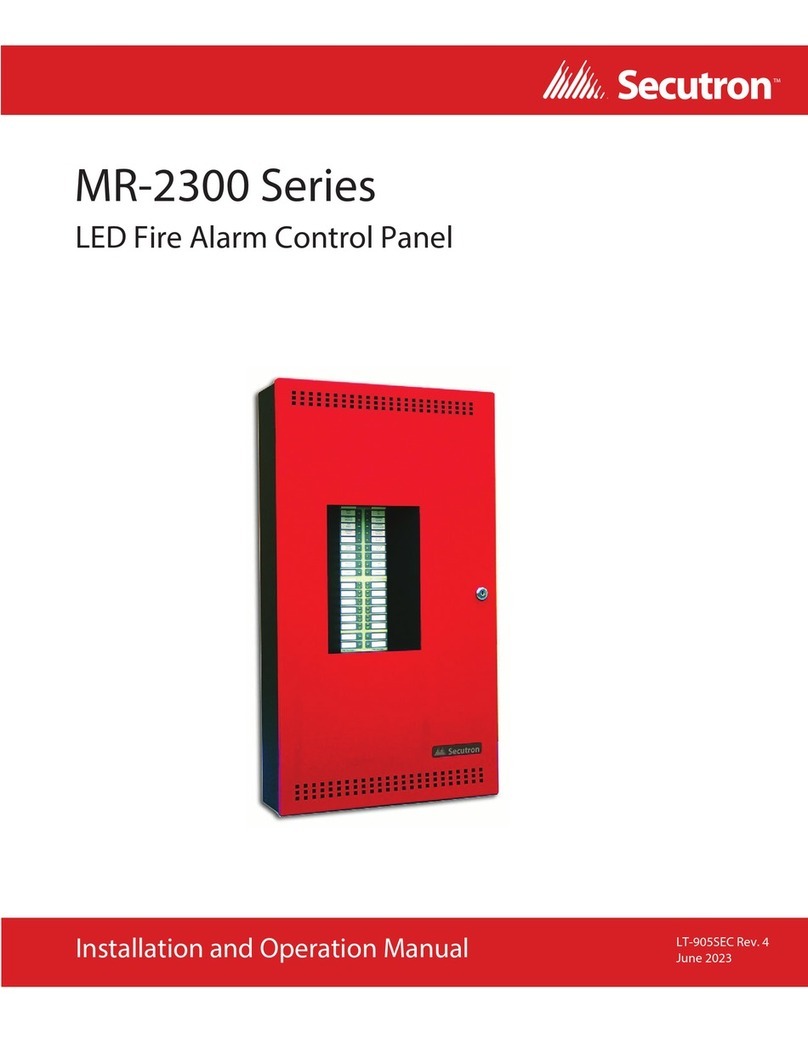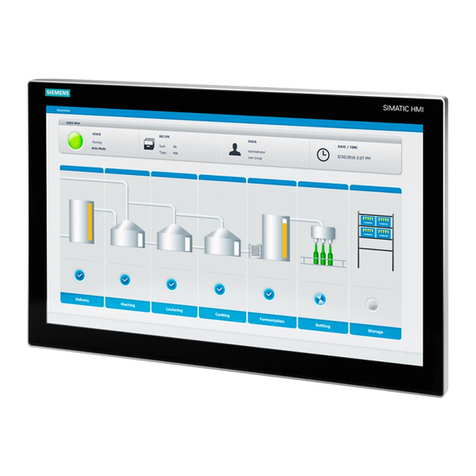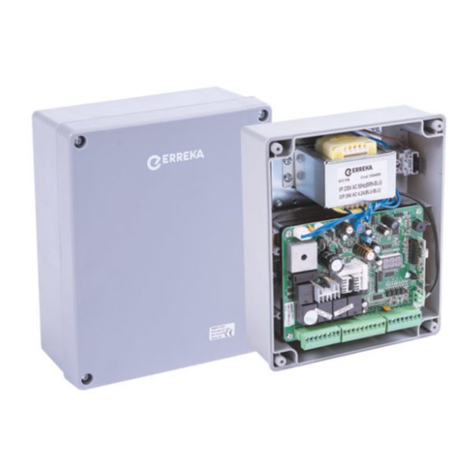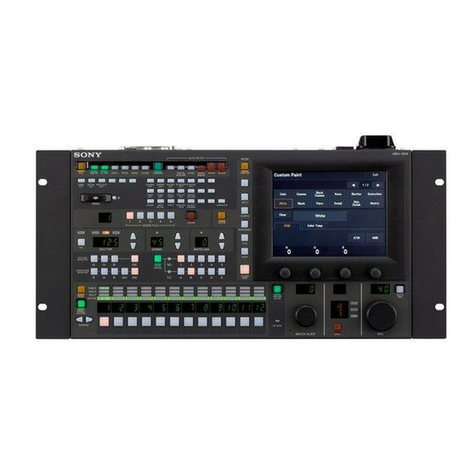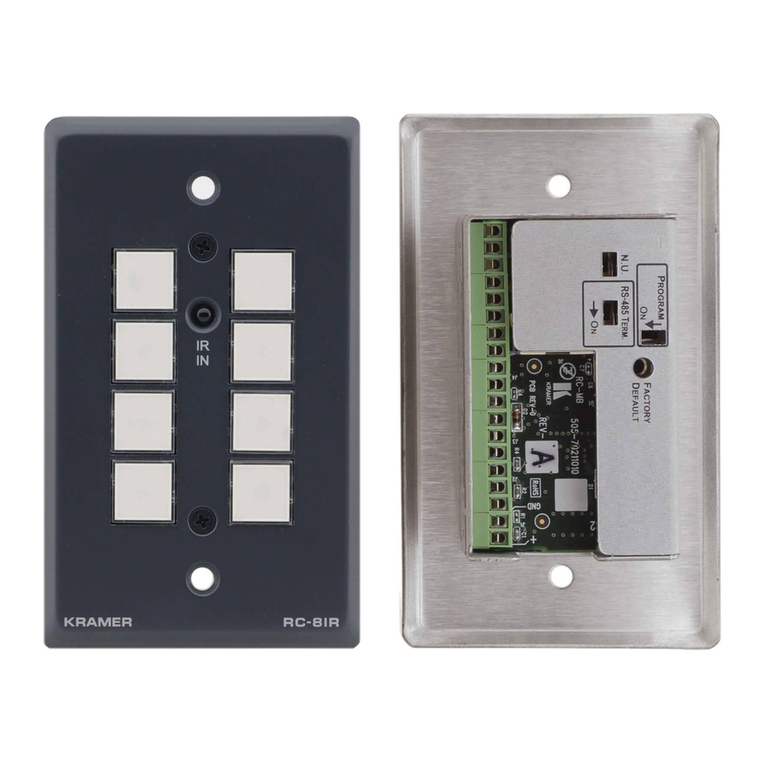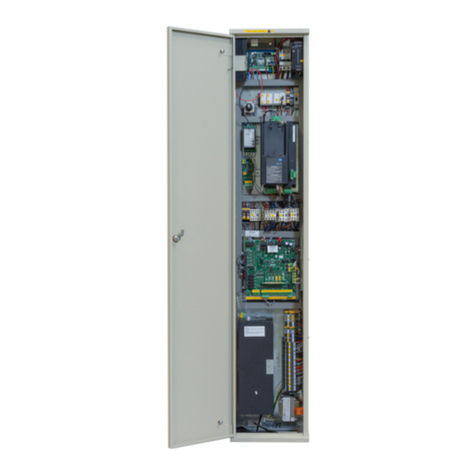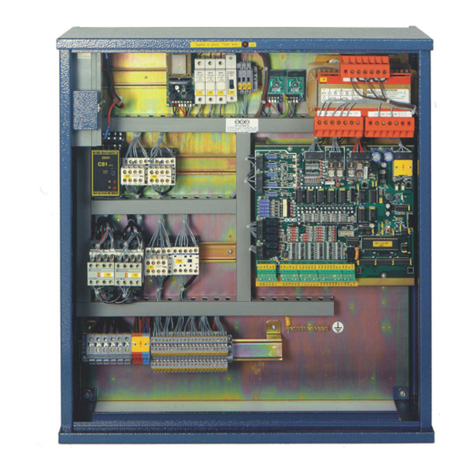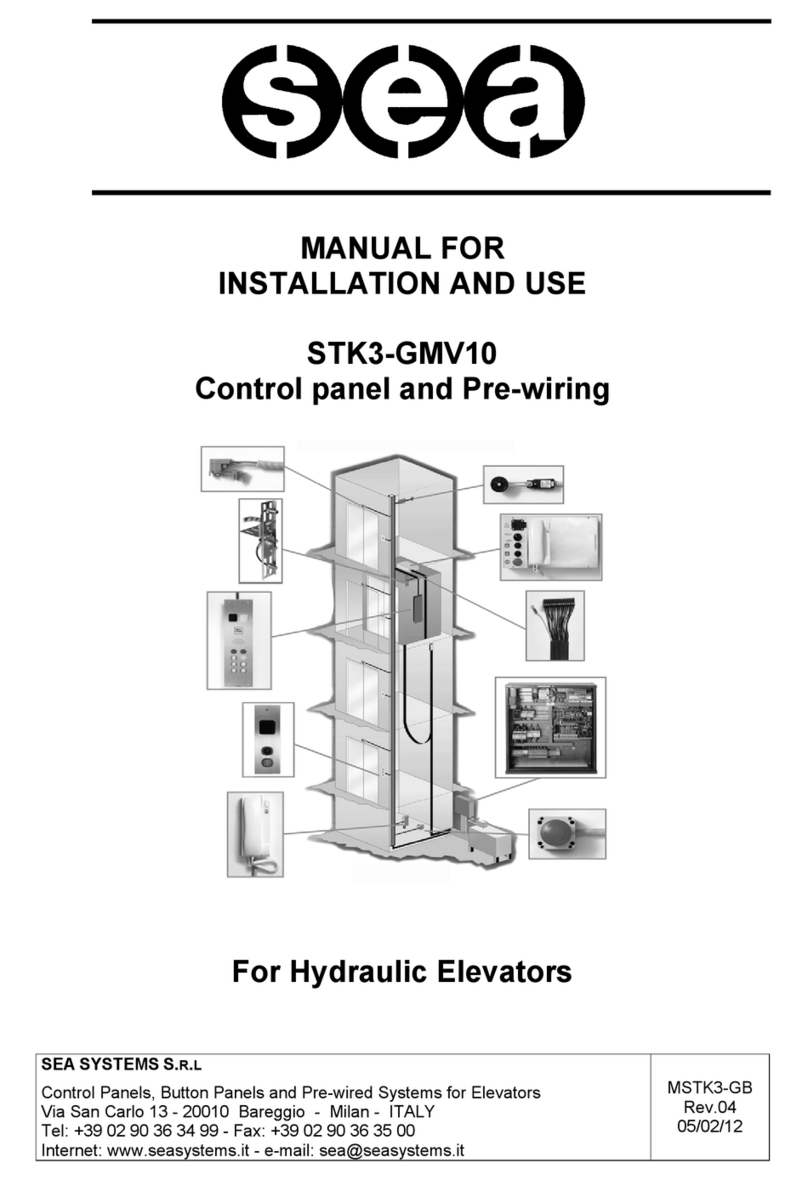SEA SYSTEMS
INSTALLATION AND USE
STK1R control panels Setronik1 Restyling)
TK1R-EN-95-0-A
rev0
06/04/2022
0.31 CAB01 BOARD ETTING ......................................................................................................................... 36
0.32 RE ERVED PARAMETER............................................................................................................................ 36
0.33 M ENDING......................................................................................................................................... 37
0.34 TATE OF OME VIRTUAL INPUT DEALING WITH THE AFETY CHAIN............................................................37
0.35 W1 PU H-BUTTON FUNCTION – ALL LED IGNALLING MODE...................................................................38
0.36 HAFT EN OR TATE............................................................................................................................ 38
0.37 TATE OF OME VIRTUAL INPUT DEALING WITH THE DOOR .......................................................................39
0.38 | 0.39 | 0.40 RE ERVED PARAMETER ......................................................................................................39
0.41 COUNTED RANDOM AUTOMATIC CALL .......................................................................................................39
1.00 PROGRAMMING THE DRIVER, OPERATION, HAFT EN OR .........................................................................40
1.01 PROGRAMMING THE NUMBER OF TOP .................................................................................................... 41
1.02 PROGRAMMING THE MAIN FLOOR AND THE PARKING FLOOR........................................................................41
1.03 DE IGNATED FLOOR IN CA E OF FIRE / FIREFIGHTER ACCE FLOOR..........................................................41
1.04 OTHER ETTING FOR EN81-72 / EN81-73 OPERATION............................................................................42
1.05 | 1.06 CAR DOOR TYPE............................................................................................................................ 43
1.07 RE-LEVELLING / EARLY DOOR OPENING / ALARM 20.................................................................................46
1.08 IN PECTION OPERATION PEED AND TOP / REDUCED HEADROOM............................................................46
1.09 IN-U E IGNALLING, IN-CAR PRE ENCE EN OR, GONG, RETRACTABLE CAM................................................48
1.10 CAR PO ITION IGNAL ............................................................................................................................ 49
1.11 CAR PO ITION / CAR PEED IGNALLING DURING RE CUE OPERATION (EEO OR BRAKE RELEA E)................49
1.12 AUTOMATIC EMERGENCY OPERATION / ENABLING OF THE ELECTRICAL EMERGENCY OPERATION IN AB ENCE OF
MAIN .................................................................................................................................................... 50
1.13 CONTROL PANEL OPERATING TEMPERATURE LIMIT ....................................................................................51
1.14 MULTIPLEX (GROUP OF LIFT )................................................................................................................... 51
1.15 UNINTENDED CAR MOVEMENT (UCM) / AFETY GEAR TRIPPING DEVICE......................................................52
1.16 HAFT EN OR BEHAVIOUR / MOTOR RUN TIME LIMITER OPERATING MODE / ENABLING OF AUTOMATIC CALL
WITH HOLD-TO-RUN OPERATION / EXCLU ION OF DOOR PHOTOCELL ACCORDING TO THE CAR PO ITION.....52
1.17 LANDING / CAR CAN BU ERROR LOGGING................................................................................................53
1.18 MAX WITCHING FREQUENCY OF CONTACTOR / CONTACTORLE VVVF...................................................54
1.19 ELECTRICAL LANDING DOOR INTERLOCK / DOOR CLO ING PU H-BUTTON / DOOR TOP / RETRACTABLE CAM
.............................................................................................................................................................. 54
1.20 CAR-LIFT EMAPHORE / CAR-LIFT IDE PHOTOCELL ................................................................................55
1.21 RE ERVED OPERATION ACTIVATION - PRELIMINARY CHECK AT DEPARTURE.................................................55
1.22 “ HABBAT” OPERATION............................................................................................................................. 56
1.23 TANDARD COMPLIANCE – RE ET OF ALARM 53 (MAINTENANCE FROM THE PIT) – COMMAND ENABLED
WHEN THE DOOR AFETY CONTACT ARE BYPA ED.................................................................................56
1.24 DOOR NOT TO OPEN DURING THE EN81-72 / EN81-73 OPERATION – FUNCTION OF VIRTUAL OUTPUT
VO.58................................................................................................................................................... 57
1.25 MODE OF GENERATION AND DI TRIBUTION OF THE LOCK COMMAND ..........................................................58
1.26 VOICE ANNOUNCER V01 “CHOPIN” – ADVANCED ETTING ....................................................................59
1.27 PERIODIC TE T OF THE 12V BATTERY.......................................................................................................59
1.28 BRAKE CHECK ACCORDING TO UNI 10411-1:2021..................................................................................60
2.XX FLOOR TABLE: ENABLED DOOR , PARKING TYPE, HORT FLOOR AND ELECTIVE DOOR OPENING.................61
3.00 CALL INPUT TATE.................................................................................................................................. 61
3.XX CALL ..................................................................................................................................................... 62
4.XX TIMER .................................................................................................................................................... 64
5.XX INPUT .................................................................................................................................................... 67
6.XX OUTPUT ................................................................................................................................................. 71
7.00 RE ERVED............................................................................................................................................... 74
8.00 ENCODER TYPE / DIRECTION / MULTIPLYING FACTOR...................................................................................74
8.01 | 8.02 RE-LEVELLING DI TANCE (WITH ENCODER)......................................................................................75
8.03 | 8.04 DOOR OPENING DI TANCE (WITH ENCODER)..................................................................................75
8.05 | 8.06 LOWDOWN DI TANCE FOR PRIMARY HIGH PEED (WITH ENCODER)..................................................75
8.07 NUMBER OF PUL E /METER OF THE ENCODER...........................................................................................75
8.08 NUMBER OF IZ1 MAGNET ABOVE R MAGNET (WITH ENCODER).............................................................76
8.09 CAR PEED (WITH ENCODER)................................................................................................................... 76
8.10 CAR PO ITION (WITH ENCODER)............................................................................................................... 77
8.11 | 8.12 | 8.13 RE ERVED........................................................................................................................... 77
8.14 LOWDOWN DI TANCE FOR ECONDARY HIGH PEED.................................................................................78
8.15 RE ERVED............................................................................................................................................... 78
8.16 R MAGNET PO ITION (WITH ENCODER).................................................................................................78
© 2022 Sea Systems Page 3 of 113




















